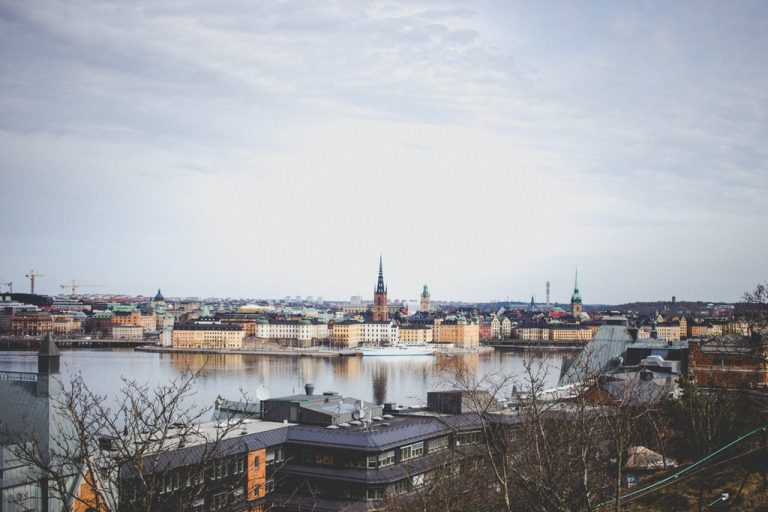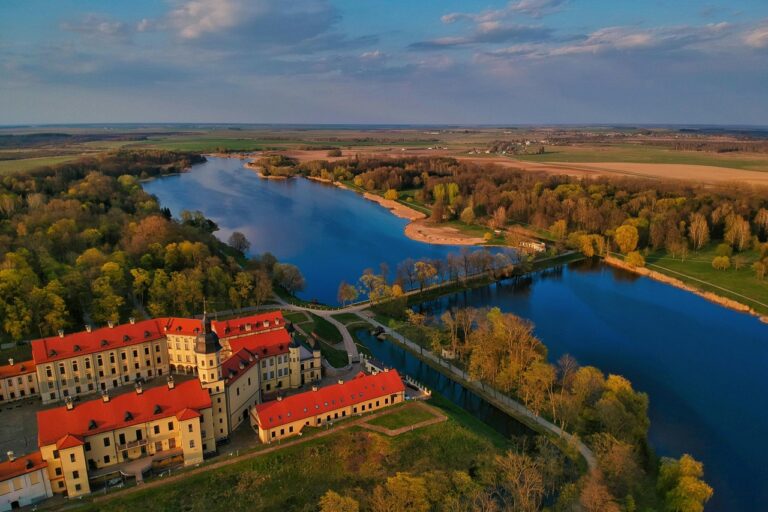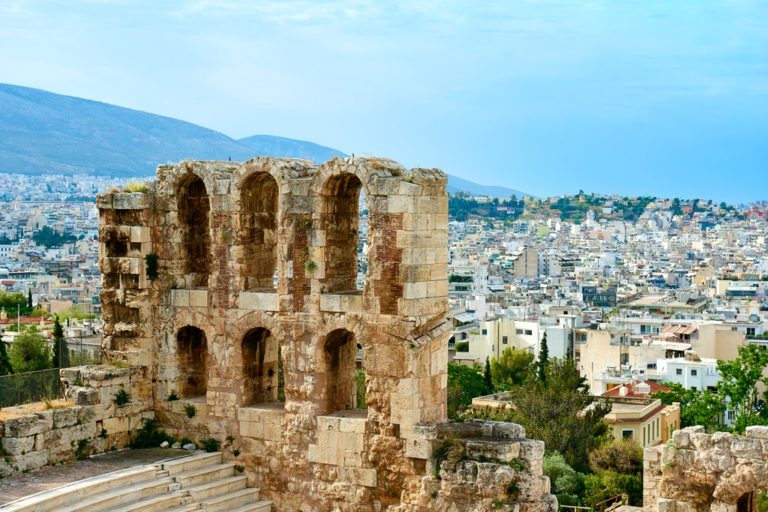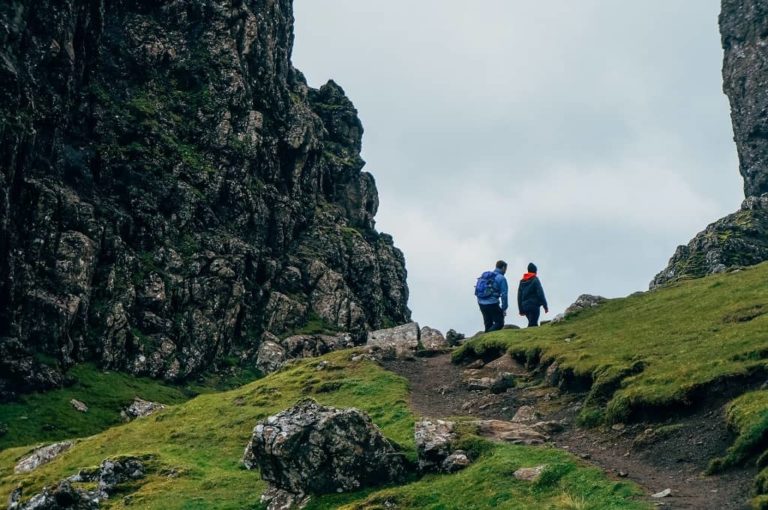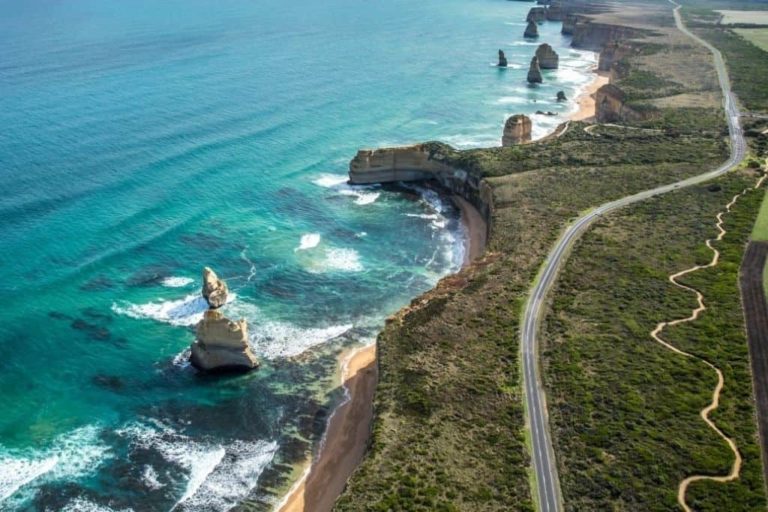Spain is a wonderful country to explore in Europe.
Many people don’t realize that Spain has so much to offer, whether you want to travel on your own or not. If you’re looking for a good time and a whole lot of fun, there’s no better place than Spain.
Situated on the Iberian Peninsula of Europe, Spain has a diverse culture and geography. It houses lots of attractions for tourists looking forward to a fantastic vacation.
It is a spectacular country to visit for a vacation or long-term residency. It is well known for its festivals, architecture, and the good life it offers its visitors.
Its capital city, Madrid itself, houses the fantastic Royal Palace and the Prado Museum. Other towns to check out are Barcelona, Seville, Merida, Bilbao, and the party city of Ibiza.
The country’s countryside is also a must-visit. It offers impressive views of the ancient ruins, ancient castles, and aqueducts. Besides, the country is also famous for its musical culture.
Geography
Portugal borders Spain to the west, whereas France bounds the country to the northeast. From here, it is separated by the Principality of Andorra and the Great Wall of the Pyrenees Mountains.
On the far south, Spain is bordered by Gibraltar. This enclave belonged to Spain till 1713.
Besides these land borders, Spain is bordered by the Mediterranean Sea to the east and southeast. In addition, the Atlantic Ocean bounds Spain on the northwest and southwest and the Bay of Biscay to the north.
Spain is located on the fifth-sixth part of the Iberian Peninsula, due to which most of the country has large plateaus divided by a mountain range.
Besides, the country boasts some of Europe’s youngest rocks. The western half of Iberia consists of the ancient Hercynian rocks.
The country has five types of soil: alluvial soils, brown forest soils, acidic southern brown earth, Saline soils, and calcretes.
Climate
Since Spain is a large country, it has three different climate zones.
You can say that the country has a Mediterranean climate where the summers are hot and dry, and the winters are mild and rainy.
Its central plateau, Meseta, has a continental-influenced climate where the summers and hot and dry, and the winters are cold.
The country gets rainfall during the spring and autumn seasons. The precipitation levels are higher in the mountains surrounding the plateau.
Best time to visit Spain
Late spring (April-May) and early autumn (September-October) are two great seasons to visit Spain. These are the times when the temperatures are pleasant and have less crowd.
If you can’t bear the heat, avoid visiting the country during the summer season as the inland cities like Seville, Madrid, and Cordoba can be hot.
Nature and Wildlife
Spain is majorly covered by unconstrained vegetation; however, a small proportion of the mountains have dense woodland.
The northern part of the country has heath and deciduous woodlands.
More than half of the country has Mediterranean vegetation that houses evergreen oak and other scrub-status plants.
Since Africa is near to Spain, its wildlife has lots of wild animals of African species. The Pyrenean barrier houses several indigenous species, such as the Barbary ape. You can find the European wolf and the brown bear in the northeast areas.
The country also houses wild boar, ibex, fallow deer, and red deer.
Visit the Coto Donana National Park to check out fantastic bird species such as the Spanish imperial eagle, eagle owl, the buzzard, and several varieties of pheasant.
The country also houses diverse marine species. The waters of Spain have red mullet, tuna, octopus, mackerel, swordfish, anchovy, and pilchard. You will also find striped dolphins and long-finned whales.

